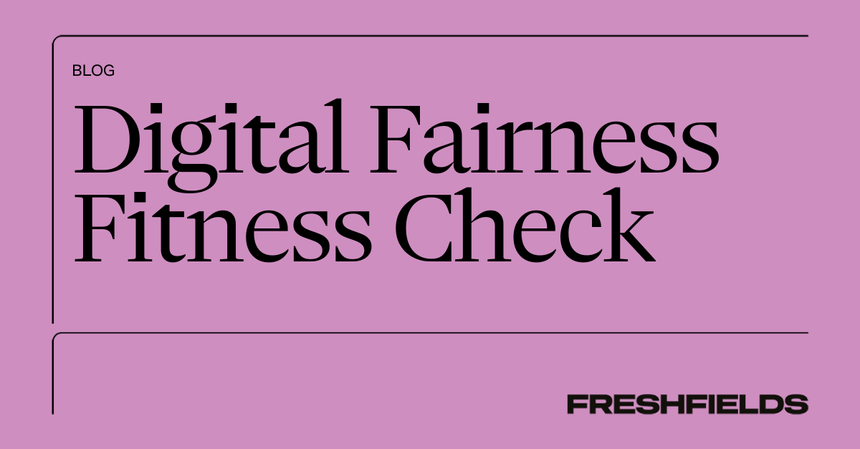The European Commission (the Commission) is planning a new Digital Fairness Act (DFA). This post examines its potential impact on social media creators, influencers, digital storytellers – the lifeblood of social media commerce. It is the first in a short series unpacking what the DFA could mean for different stakeholders across the digital ecosystem.
With the Commission's public consultation on the DFA closing on Friday, 24 October 2025, now is an important time for stakeholders to understand what’s being discussed and share their perspectives. The DFA proposal - expected in the last quarter of 2026 - may seek to regulate what creators can promote and how it is presented on social media.
The Commission wants the DFA to address “harmful practices by social media influencers”. The ideas they are considering could significantly reshape the creator economy.
Disclosures: Stricter transparency for commercial content
One area under review is how creators disclose commercial content. The Commission considers that too few creators properly disclose commercial relationships, and that as a result, consumers could be misled into believing they are viewing personal content, not a paid partnership.
That principle isn’t new – hidden or misleading promotions have been illegal in the EU for over 20 years, and the Digital Services Act strengthened those rules in 2022. In practice, awareness often makes the biggest difference. Self-regulatory organizations (SROs) like the European Advertising Standards Alliance have seen that creators, once they’re informed of the rules, have a much higher rate of compliance. However, a DFA could make the rules more specific or stricter.
To see a side-by-side comparison of the current rules governing the creator economy and what the EU has in mind, check the Freshfields EU Digital Fairness Dashboard (request access here).
Potential restrictions on certain lifestyles and products
The Commission is also exploring whether to restrict creator content that promotes certain lifestyles or products it deems “harmful” – particularly when an audience includes minors. The DFA scoping documents are still broad, with considerations of banning certain types of content for creators who have a majority followership of minors, or even the editing of content, for example with AI. However, this raises practical questions: How to define a creator? How to know when you have a majority of minor followers? And who decides what counts as ‘harmful’ or ‘unhealthy’ content? Does a plumping lip gloss set unrealistic beauty standards? Such uncertain grey areas could make it difficult for creators to comply with legal obligations. This could also reduce the brands they can partner with, especially if their audience includes a significant number of minors.
Responsibility for brands
Finally, the Commission may hold brands responsible for creators who are not compliant with relevant legislation, whether intentionally or inadvertently. This could change the Brand-Creator agreements and contracts, and with increased legal and financial risk, brands may seek greater editorial control over creator content, potentially challenging the authenticity and creative freedom central to the creator economy.
What you can do now
- Share your views - Submit your response to the European Commission’s consultation to a potential DFA before midnight CEST on 24 October.
- Stay informed - The European Commission’s Influencer Legal Hub outlines useful information for creators.
- Seek support - Self regulatory organisations across Europe, such as the European Advertising Standards Alliance, offer guidance and training on disclosure and compliance.
Stay tuned for the next analysis in this series!


